.jpg?width=320&name=shutterstock_616331219%20(1).jpg) Implant-based dental rehabilitations have, for a number of decades, become the preferred and life-changing solution for those missing single or multiple natural teeth. Yet, despite long term success rates of over 95%, osseointegrated dental implants remain susceptible to diseases, with many of them bringing about implant failure.
Implant-based dental rehabilitations have, for a number of decades, become the preferred and life-changing solution for those missing single or multiple natural teeth. Yet, despite long term success rates of over 95%, osseointegrated dental implants remain susceptible to diseases, with many of them bringing about implant failure.
One emerging issue is the problem of peri-implantitis, which causes a destructive inflammatory process that affects the soft and hard tissues surrounding dental implants.
Although periodontal pathogens present in failing implants are similar to those found in various other forms of periodontal disease, surprisingly, there is no accepted or well-established treatment protocol for peri-implantitis.
It is known, however, that this problem affects approximately 10% of implants and 20% of patients during a 5 to 10 year period after implant placement, and that figure is steadily growing.
Without well-established treatment protocols, is there a way of managing this troublesome issue?
It is obvious that prevention is easier and far less costly for both the patient and dentist than having to deal with the aftermath of peri-implantitis. Therefor, better knowledge of the potential causes of peri-implantitis allow dentists to be in a far better position to prevent it from happening.
Management of the problem is not always straightforward because it's caused and influenced by a variety of factors, which include:
- Poor oral hygiene
- Periodontal and other oral diseases
- Lack of attached periodontal tissues around implants
- Poor quality of the bone into which the implant has been placed
- Excessive, uncontrolled occlusal loads
- Heavy smoking and/or drinking
- Badly made implants
- Certain types of host factors, such as diabetes
Any one, or a combination of factors, can bring about the onset of peri-implant disease. So how can dentists be better equipped to reduce the risk?
Here are some pointers:
- Keep up with peri-implantitis causes and management with ongoing training
In previous years, before peri-implantitis was accepted as an issue that required attention, many dentists saw this phenomenon as a unique, local problem occurring only in a few patients. Today, It's clear that there is a 10% probability for an implant to suffer from peri-implantitis in 5-10 years after its placement. This troubling statistic, coupled with the growing use of dental implants makes it a disease that dentists must know about and master its treatment.
So, what's the answer?
Since there are no well-established procedural protocols in place for tackling the issue of peri-implant diseases. Dentists must make an effort to get as much information as possible through literature, conferences and courses, and to keep themselves abreast of any innovations or new research in this field.
- Regular maintenance check-ups
Regular patient check-ups are vital for spotting the early stages of the disease. As such, it's imperative that patients are fully "on-board" with maintaining regular visits. Peri-implant disease first shows itself as peri-implant mucositis. This is a reversible process which is noticeable by inflamed or reddened soft tissue around the implant site, and is usually followed by swelling and bleeding on probing of the area. The currently accepted non-surgical treatment protocol involves:
- Supportive periodontal therapy (SPT)
- Patient education on oral care best practices
- Course of prescribed antibiotics
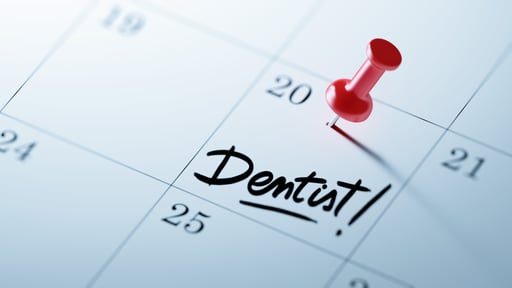
This treatment protocol is considered the best and most effective course of action. In these circumstances, and in nearly all cases, the problem can be dealt with quickly and effectively. For this reason, dentists MUST perform check-ups every six months in order to highlight any problems (including the early signs of peri-implant disease) at the earliest stage possible.
- Using trusted Implants
It's worth remembering that as the popularity of dental implants grows, so too does the availability of new implant products, some of which come from sources with no track record of years of clinical success. Dentists should also pay attention to implant’ surface characteristics and use well-established and proven surface types, to lower the risk of short or long term breakdown of bone to implant contact. In other words, while using a well-established implant will not ensure that peri-implantitis will never occur, the risks are almost certainly reduced when using them, based on their track record and proven manufacturing processes.
There's no escaping the fact that many current and future dental implant patients will suffer from peri-implant disease, but by having a good understanding of the complex peri-implantitis causes and how to reduce the risk for patients, dentists will be better equipped to deal with it. Armed with the right knowledge and tools, the truth is that peri-implantitis doesn't necessarily have to be the "ticking time bomb" that many make it out to be.




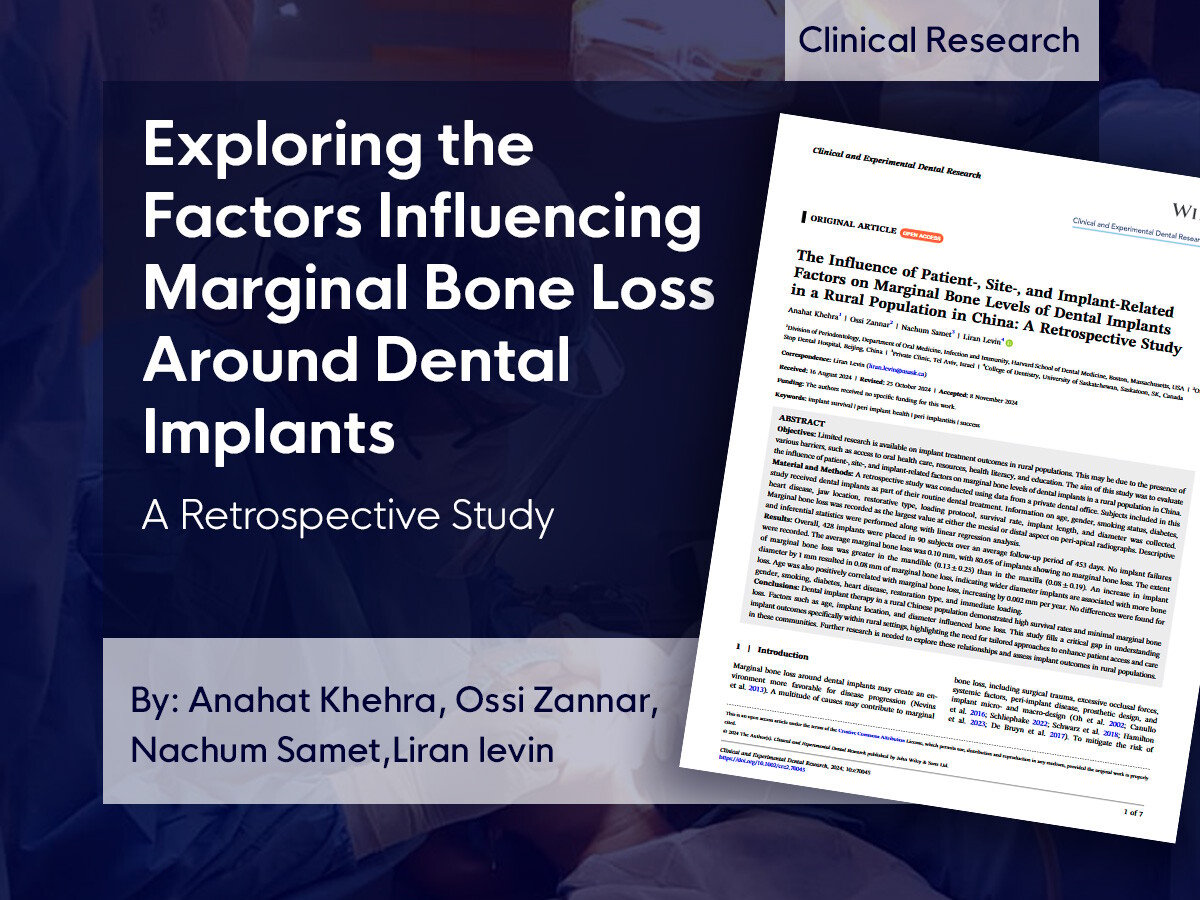
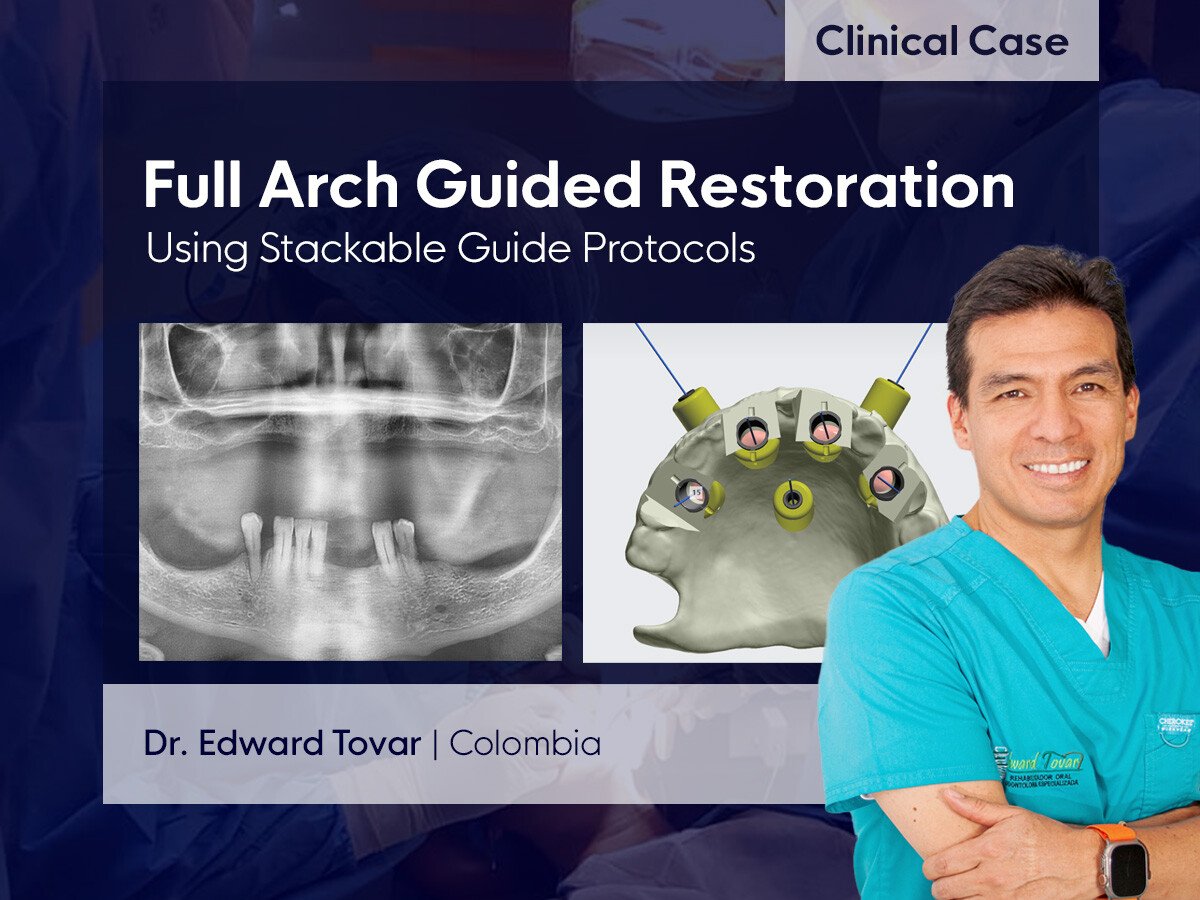

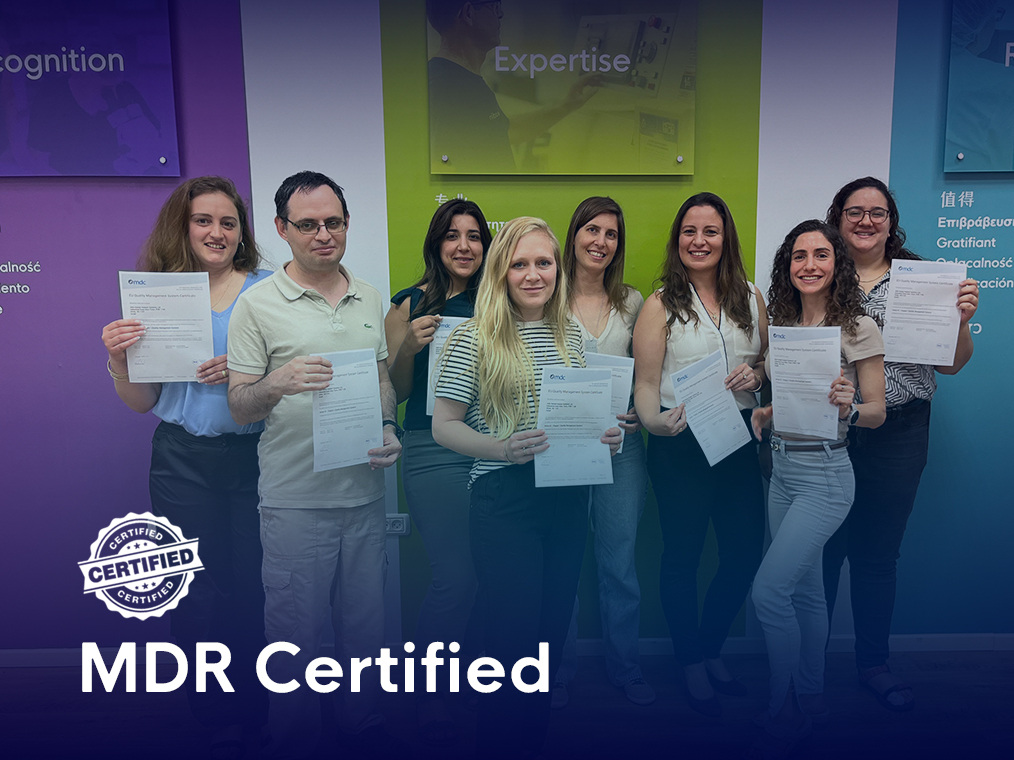

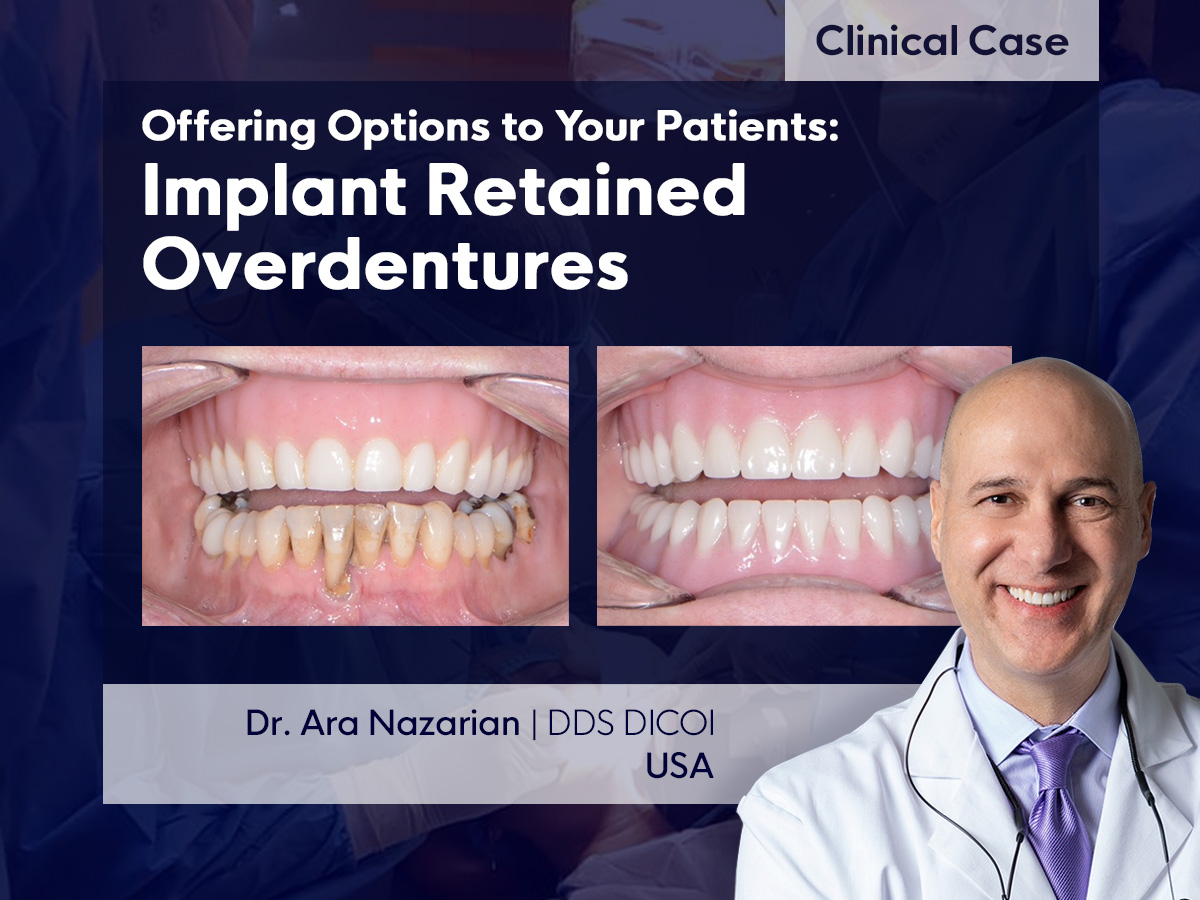
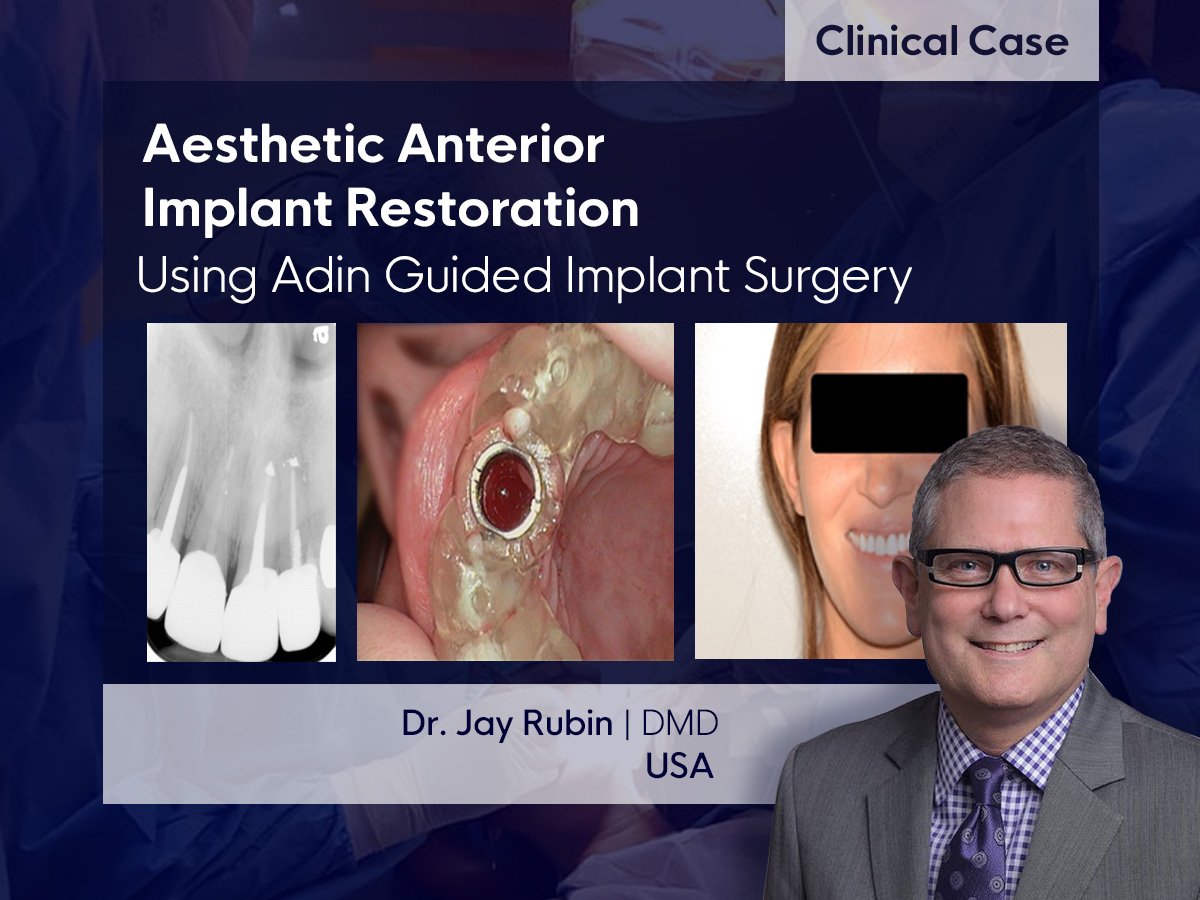

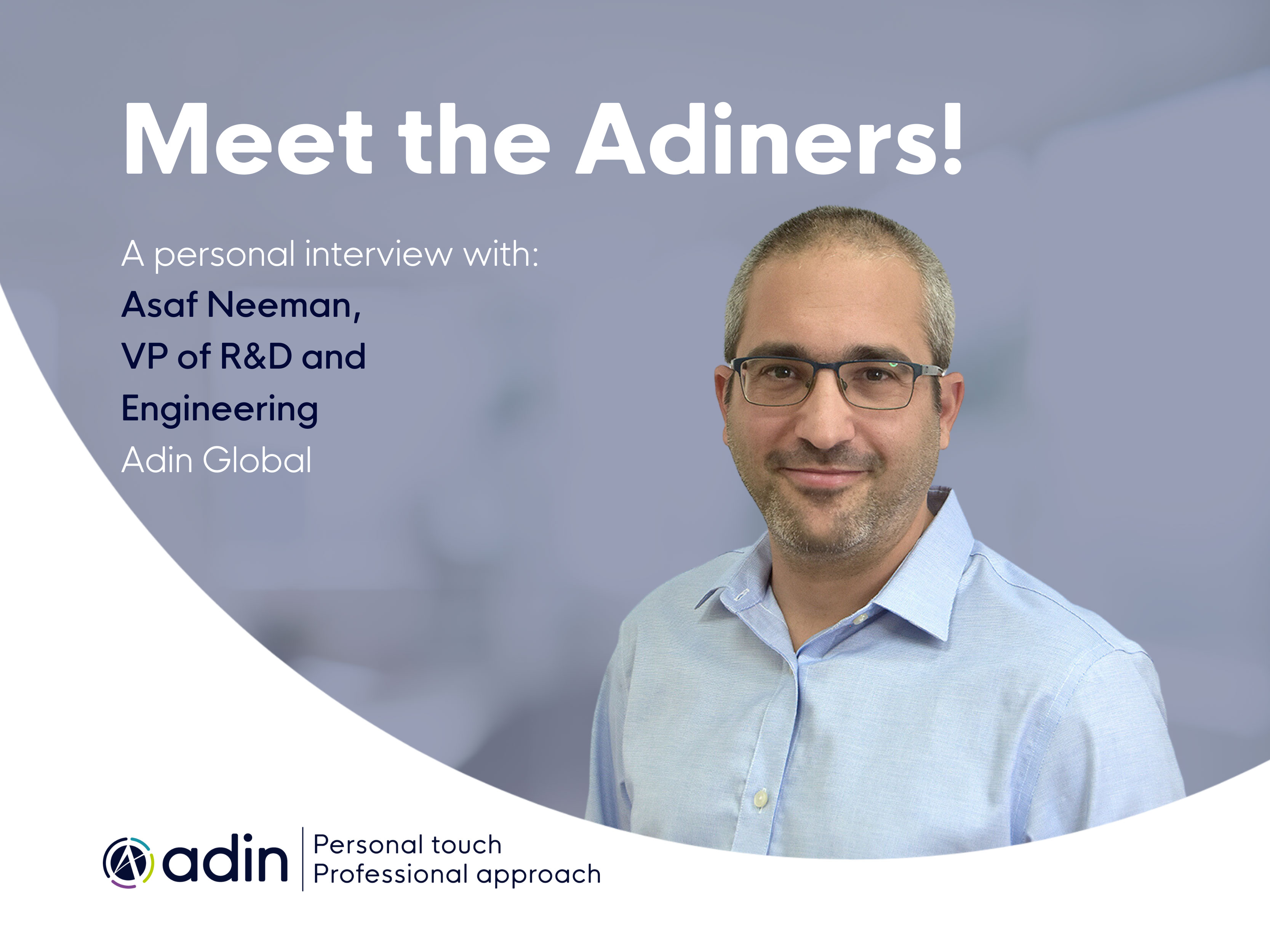


Leave a Comment